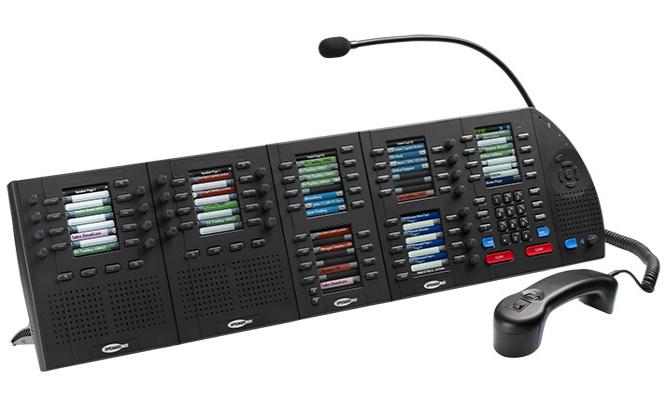By Matthew O’Donnell, Director, Product Management
28th October 2013
A Turret/Dealerboard system is a powerful communication tool with specific capabilities designed to meet the demanding needs of Financial Traders. It needs to function flawlessly in an environment that is intolerable to failures and any obstacle to increasing revenue. Let’s face it; it is a premium product in a niche market. Obviously the system needs the features and functions required, but when choosing a system I suggest that individuals look at the whole picture. The support and surrounds are equally important to the solution itself. The provider you choose will be partner to help you manage your trading floor communication needs for years to come. Asking the right questions of a provider can ensure a selection process that mitigates any buyer’s remorse. To help you organize your due diligence process, I have broken it down into three parts outside of the core technology that I view as critical.
First, start with the Company that is providing the solution
Does the company have a long history and excellent track record of delivering on promises? You need a provider that has experience in the particular needs of this space and continues to deliver on their promises.
- Is there 24x7x365 support available globally and respond rapidly? You know that sooner or later you will rely on service to get you out of a jam. You need a partner that shares the same sense of urgency that you do and has local resources and remote access to prevent issues and quickly and easily fix any that do arise.
- Does the company have an unwavering focus on the needs of the Capital Markets? Making sure the company is dedicated to the product line will ensure they are a long lasting partner that invests heavily in innovation and R&D focused specifically on the trading community.
- How can the system reduce the Total Cost of Ownership and provide a quick Return on Investment? Consider items such as the rack space (expensive real-estate), ability to manage the system remotely, and the ability to consolidate infrastructure and support. These items have a big impact on the bottom line while giving you the tools you need to be successful.
- Is the system Flexible to meet your needs both today and into the future? The system should fit into your company’s IT architecture and not the other way around. Make sure you have the flexibility to deploy how you like (i.e. centrally, distributed), scales linearly from small to large sites, and allows you to easily bring up new sites as needed.
- Can the system be fully resilient and redundant? Having built-in, flexible BCP in your turret system is CRITICAL to keeping your traders trading and your clients satisfied. Make sure you are aware of the comprehensive redundancy and how disruptive updates can be. Downtime can be costly to your firm in many ways.
- Does the company provide complimentary voice and data network services? Inter/Intra company services over a private and secure network are necessary to realize the full value of a Turret system. Look for synergies by working with one provider that can cover all of your trading communications needs.
- Can the company satisfy the needs of non-Turret users that still need access to Hoots and Intercom devices? The trade workflow and hence communications do not end on the trading floor. To gain competitive advantage, traders need to instantly communicate and collaborate with many individuals that do not have the needs for a full-blown turret. Make sure your provider can support this in an effective manner.
- What Desktop / Mobile Applications are available to improve the end user experience? Traders benefit by keeping their eyes on their market data, productivity tools on the PC desktop, and being able to seamlessly move from location to location as business needs change. Remember to keep the broader needs of the end user (your customer) in mind during the selection process.
- How open and extensible is the system? The system needs to be open work with many products your organization chooses. For the greatest flexibility you’ll want a system based on open standards and web services APIs that expose as much functionality as possible.
Source:IPC Systems, Inc


